Have you heard of Saturn? Saturn is our sun’s sixth and second-largest planet. Saturn has a thick atmosphere and lots of gas. Saturn is mostly hydrogen and helium. It has a low mass and surface gravity. Saturn’s winds, which can reach 1,800 km/h, are the second fastest in the Solar System, after Neptune’s. Saturn’s rings are mostly water-ice particles.
Here are some interesting facts about Saturn, some of which you may already know and some of which you probably did not.
- With the naked eye, Saturn is the farthest away of the five planets that can be seen from Earth. Saturn appears in the night sky as a bright, yellowish point of light to the unaided eye.
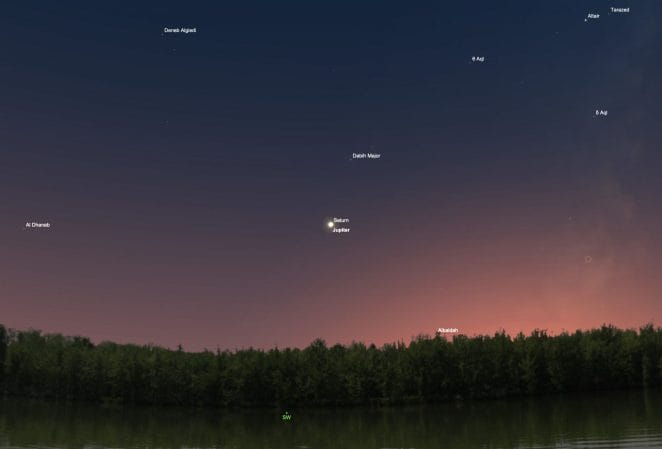
- Saturn is referred to as the “Ringed Planet” because of its spectacular ring system, which consists of seven rings separated by gaps and divisions.
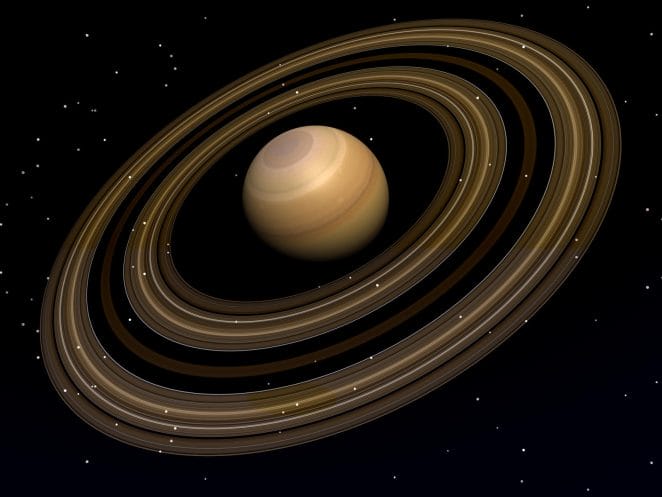
- Galileo Galilei became the first person to observe Saturn’s rings in 1610, the year after he turned a telescope to the sky, albeit he couldn’t see them well enough to tell what they were. They were first described as a disc surrounding Saturn by Christiaan Huygens in 1655. Titan, Saturn’s moon, was discovered by Huygens.
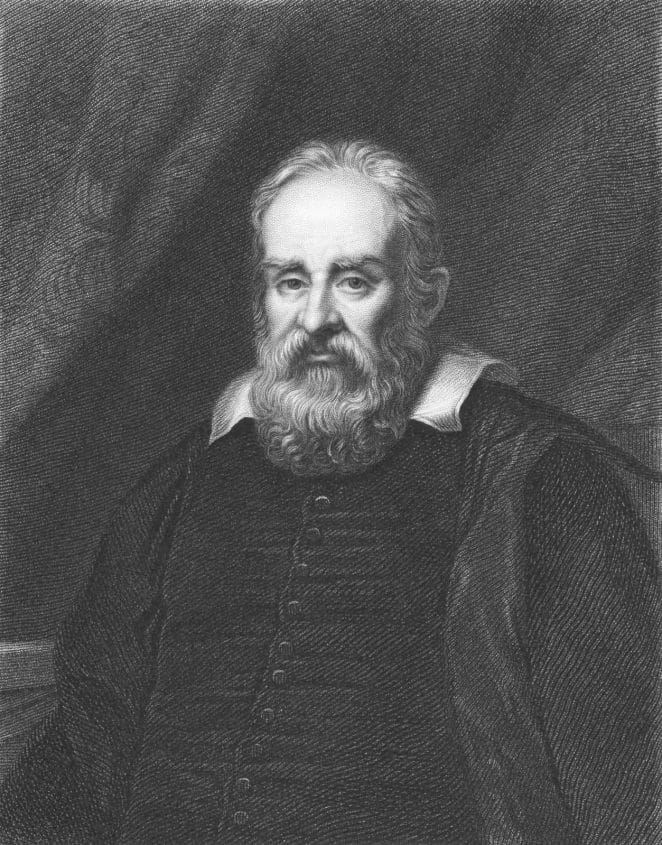
- As a result of the presence of 82 known moons orbiting Saturn, 53 of which have formal names, the planet Saturn has earned the nickname “King of the Moons.” Titan is Saturn’s biggest moon and the Solar System’s second-largest natural satellite.
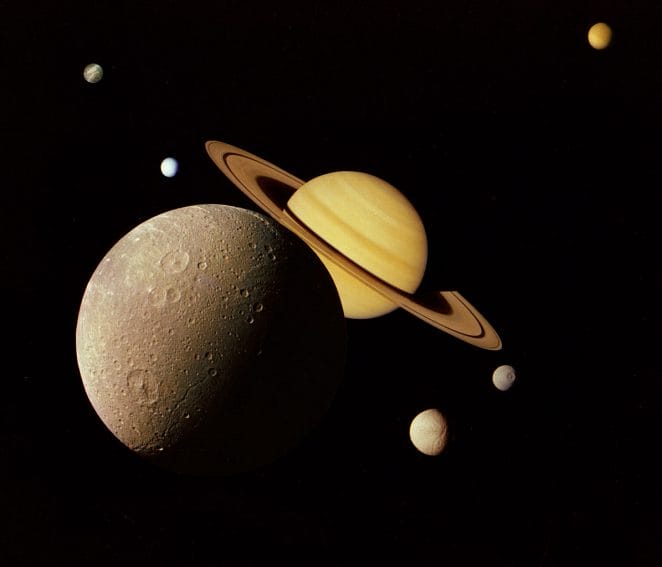
- Saturn is incapable of supporting life in the conventional sense, but some of Saturn’s moons may be able to support life in some circumstances. Enceladus, Saturn’s moon, has long been considered a possible habitat for microbial life due to its chemical makeup, which is comparable to that of comets. The satellite’s salt-rich particles have an “ocean-like” composition, indicating that the majority of Enceladus’ expelled ice is formed by the evaporation of liquid salt water.
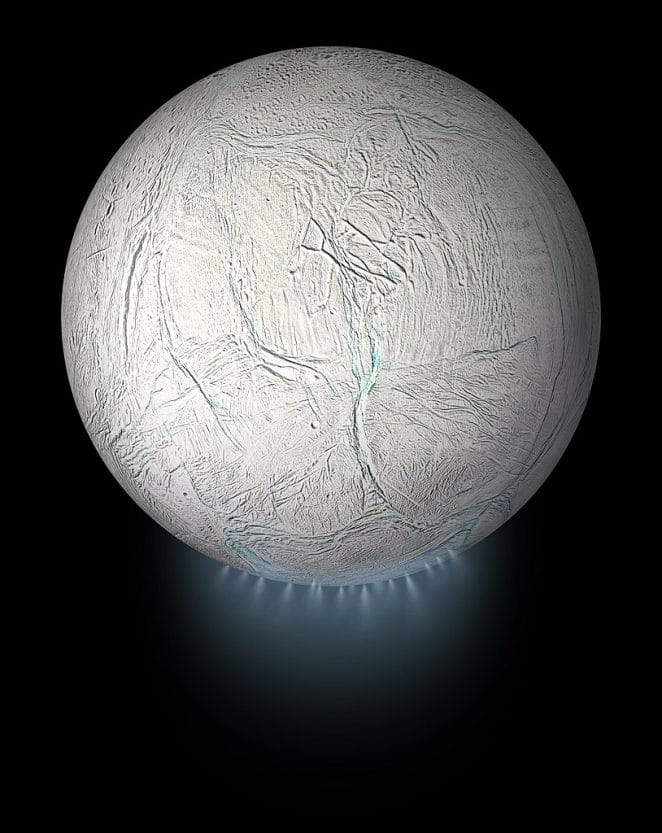
- The Saturn planet has been studied by a number of spacecraft, including Pioneer 11, Voyager 1 and 2, and the Cassini-Huygens spacecraft. Saturn’s Cassini spacecraft orbited the planet 294 times between July 2004 and September 2017, returning an enormous amount of information about the planet, its moons, and rings in return.
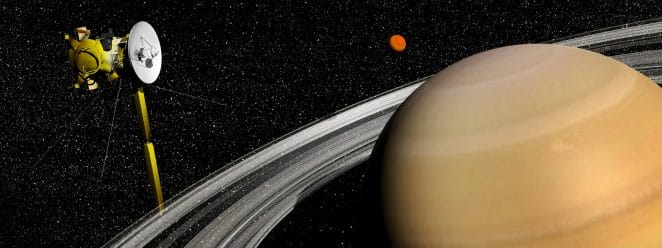
- Saturn’s rings are expected to vanish in around 100 million years, according to scientists. Saturn’s gravity pulls the rings into the planet as a dusty ice rain. Because these particles are also influenced by Saturn’s magnetic field, the phenomenon is known as Ring Rain.
- Saturn has the second-shortest day of any planet in the solar system, rotating on its axis once every 10 hours and 32 minutes. Saturn completes one revolution around the Sun every 10,759 Earth days (or around 29.5 years).
- Two times every 29 and a half years, Saturn appears without its rings. Due to the fact that they are edge-on when viewed from Earth, Saturn’s rings are invisible to humans on the planet. When observed from a distance, they are barely visible, even with the most powerful telescopes available. Previously, this occurred in 2008-2009, and it is expected to occur again in 2024-2025.
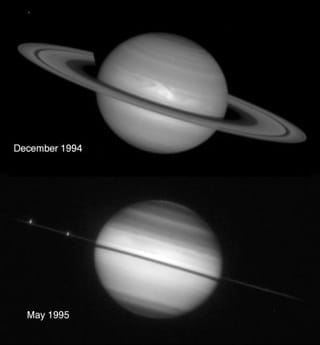
- Saturn was the inspiration for Saturday’s name, which is arguably the best day of the week! The Cthulhu Mythos, WALL-E, 2001: A Space Odyssey, Star Trek, Dead Space 2, and Final Fantasy VII all use it as a backdrop. In Tim Burton’s Beetlejuice, giant sandworms inhabit a dusty Saturn. In the 2014 film Interstellar, a wormhole that allows astronauts to travel to another galaxy appears near Saturn.
Sources:Wikipedia, Wikipedia, Nasa





GIPHY App Key not set. Please check settings